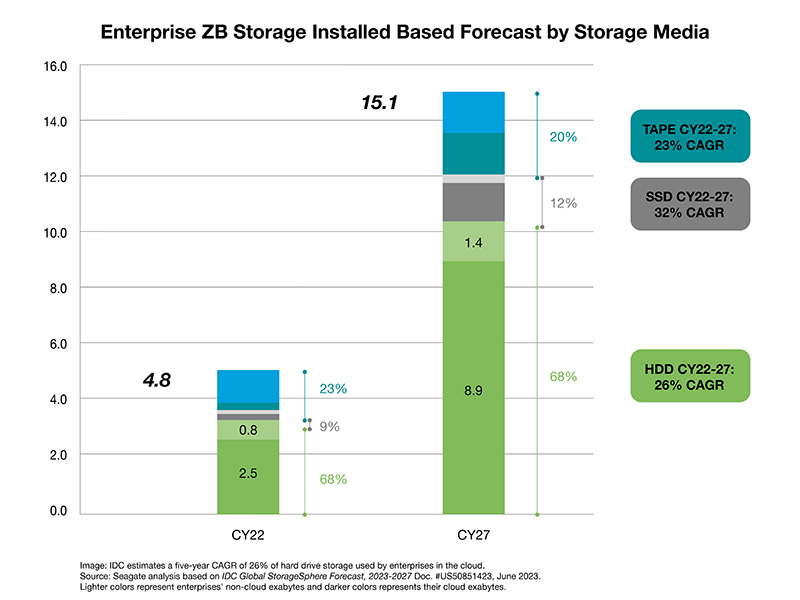 Myth: SSD pricing will soon match the pricing of hard drives.
Truth: SSD and hard drive pricing will not converge at any point in the next decade.
Hard drives hold a firm cost-per-terabyte (TB) advantage over SSDs, which positions them as the unquestionable cornerstone of data center storage infrastructure.
Analysis of research by IDC, TRENDFOCUS, and Forward Insights confirms that hard drives will remain the most cost-effective option for most enterprise tasks. The price-per-TB difference between enterprise SSDs and enterprise hard drives is projected to remain at or above a 6 to 1 premium through at least 2027.
Myth: SSD pricing will soon match the pricing of hard drives.
Truth: SSD and hard drive pricing will not converge at any point in the next decade.
Hard drives hold a firm cost-per-terabyte (TB) advantage over SSDs, which positions them as the unquestionable cornerstone of data center storage infrastructure.
Analysis of research by IDC, TRENDFOCUS, and Forward Insights confirms that hard drives will remain the most cost-effective option for most enterprise tasks. The price-per-TB difference between enterprise SSDs and enterprise hard drives is projected to remain at or above a 6 to 1 premium through at least 2027.
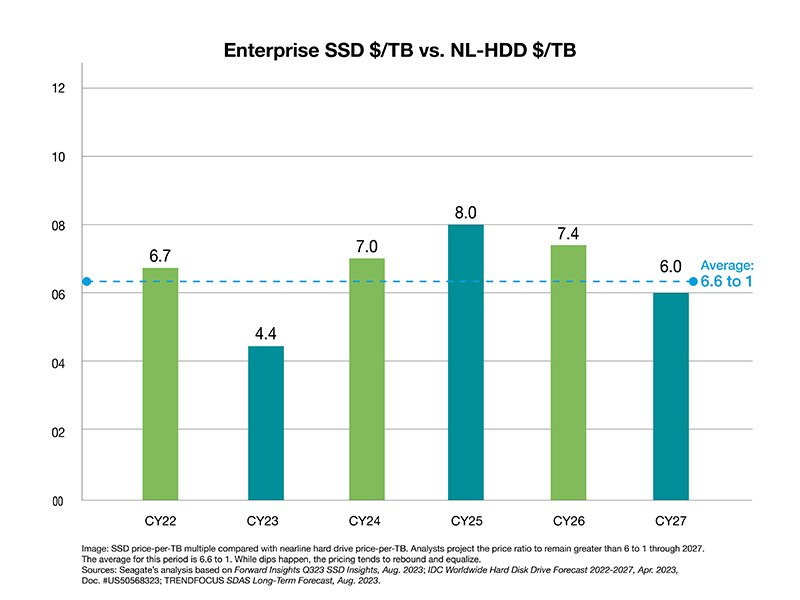 This differential is particularly evident in the data center, where device acquisition cost is by far the dominant component in total cost of ownership (TCO). Taking all storage system costs into consideration—including device acquisition, power, networking, and compute costs—a far superior TCO is rendered by hard drive-based systems on a per-TB basis.
This differential is particularly evident in the data center, where device acquisition cost is by far the dominant component in total cost of ownership (TCO). Taking all storage system costs into consideration—including device acquisition, power, networking, and compute costs—a far superior TCO is rendered by hard drive-based systems on a per-TB basis.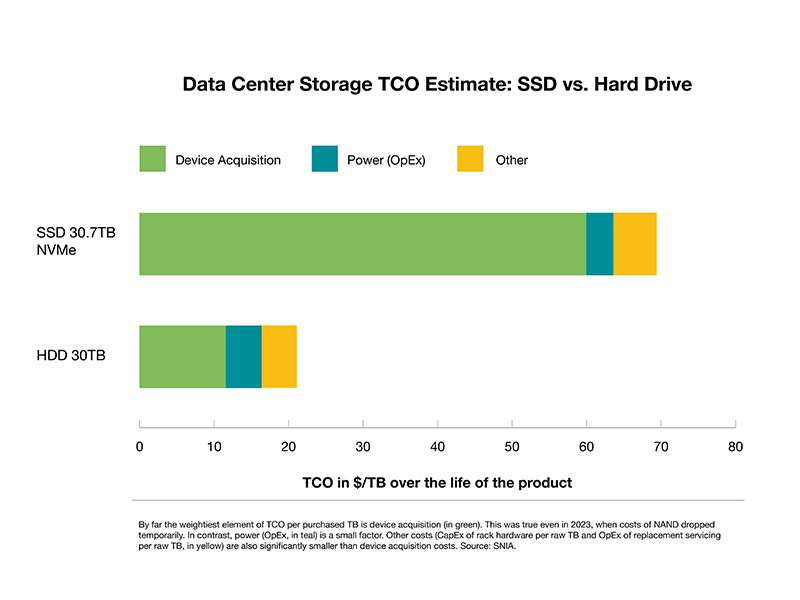 Myth: Supply of NAND can ramp to replace all hard drive capacity.
Truth: Entirely replacing hard drives with NAND would require untenable CapEx investments.
The notion that the NAND industry would or could rapidly increase its supply to replace all hard drive capacity isn’t just optimistic—such an attempt would lead to financial ruin.
According to the Q4 2023 NAND Market Monitor report from industry analyst Yole Intelligence, the entire NAND industry shipped 3.1 zettabytes (ZB) from 2015 to 2023, while having to invest a staggering $208 billion in CapEx—approximately 47% of their combined revenue.
In contrast, the hard drive industry addresses the vast majority—almost 90%—of large-scale data center storage needs in a highly capital-efficient manner. To help crystalize it, let's do a thought experiment. Note that there are 3 hard drive manufacturers in the world. Let's take one of them, for whom we have the numbers, as an example. Look at the chart below where byte production efficiency of the NAND and hard drive industries are compared, using this hard drive manufacturer as a proxy. You can easily see, even with just one manufacturer represented, that the hard drive industry is far more efficient at delivering ZBs to the data center.
Could the flash industry fully replace the entire hard drive industry’s capacity output by 2028?
Yole Intelligence report cited above indicates that from 2025 to 2027, the NAND industry will invest about $73 billion, which is estimated to yield 963EB of output for enterprise SSDs as well as other NAND products for tablets and phones. This translates to an investment of about $76 per TB of flash storage output. Applying that same capital price per bit, it would require a staggering $206 billion in additional investment to support the 2.723ZB of hard drive capacity forecast to ship in 2027. In total, that’s nearly $279 billion of investment for a total addressable market of approximately $25 billion. A 10:1 loss.
This level of investment is unlikely for an industry facing uncertain returns, especially after losing money throughout 2023.
Myth: Supply of NAND can ramp to replace all hard drive capacity.
Truth: Entirely replacing hard drives with NAND would require untenable CapEx investments.
The notion that the NAND industry would or could rapidly increase its supply to replace all hard drive capacity isn’t just optimistic—such an attempt would lead to financial ruin.
According to the Q4 2023 NAND Market Monitor report from industry analyst Yole Intelligence, the entire NAND industry shipped 3.1 zettabytes (ZB) from 2015 to 2023, while having to invest a staggering $208 billion in CapEx—approximately 47% of their combined revenue.
In contrast, the hard drive industry addresses the vast majority—almost 90%—of large-scale data center storage needs in a highly capital-efficient manner. To help crystalize it, let's do a thought experiment. Note that there are 3 hard drive manufacturers in the world. Let's take one of them, for whom we have the numbers, as an example. Look at the chart below where byte production efficiency of the NAND and hard drive industries are compared, using this hard drive manufacturer as a proxy. You can easily see, even with just one manufacturer represented, that the hard drive industry is far more efficient at delivering ZBs to the data center.
Could the flash industry fully replace the entire hard drive industry’s capacity output by 2028?
Yole Intelligence report cited above indicates that from 2025 to 2027, the NAND industry will invest about $73 billion, which is estimated to yield 963EB of output for enterprise SSDs as well as other NAND products for tablets and phones. This translates to an investment of about $76 per TB of flash storage output. Applying that same capital price per bit, it would require a staggering $206 billion in additional investment to support the 2.723ZB of hard drive capacity forecast to ship in 2027. In total, that’s nearly $279 billion of investment for a total addressable market of approximately $25 billion. A 10:1 loss.
This level of investment is unlikely for an industry facing uncertain returns, especially after losing money throughout 2023.
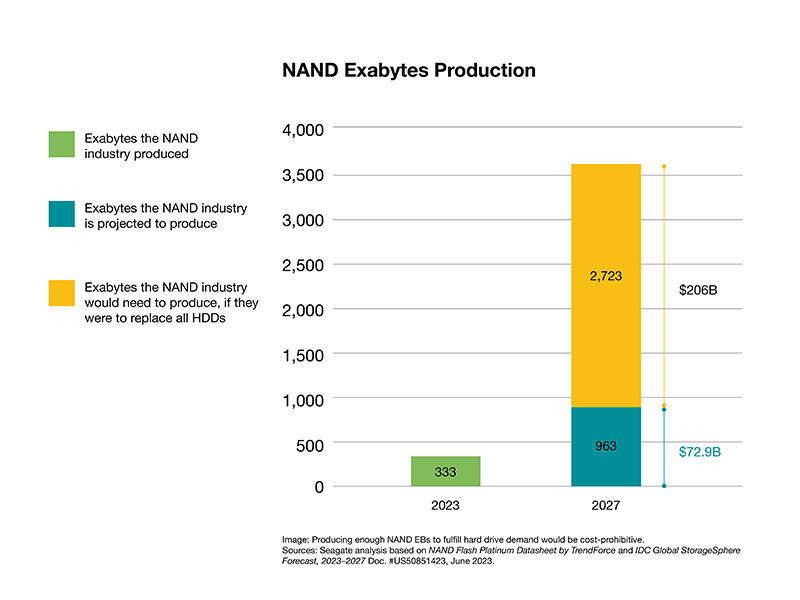 Myth: Only AFAs can meet the performance requirements of modern enterprise workloads.
Truth: Enterprise storage architecture usually mixes media types to optimize for the cost, capacity, and performance needs of specific workloads.
At issue here is a false dichotomy. All-flash vendors advise enterprises to “simplify” and “future-proof” by going all-in on flash for high performance. Otherwise, they posit, enterprises risk finding themselves unable to keep pace with the performance demands of modern workloads. This zero-sum logic fails because:
Myth: Only AFAs can meet the performance requirements of modern enterprise workloads.
Truth: Enterprise storage architecture usually mixes media types to optimize for the cost, capacity, and performance needs of specific workloads.
At issue here is a false dichotomy. All-flash vendors advise enterprises to “simplify” and “future-proof” by going all-in on flash for high performance. Otherwise, they posit, enterprises risk finding themselves unable to keep pace with the performance demands of modern workloads. This zero-sum logic fails because:
- Most modern workloads do not require the performance advantage offered by flash.
- Enterprises must balance capacity and cost, as well as performance.
- The purported simplicity of a single-tier storage architecture is a solution in search of a problem.
 In some cases, all-flash systems are not even required at all as part of the highest performance solutions. There are hybrid storage systems that perform as well as or faster than all-flash.
Second, TCO considerations are key to most data center infrastructure decisions. This forces a balance of cost, capacity, and performance. Optimal TCO is achieved by aligning the most cost-effective media—hard drive, flash, or tape—to the workload requirement. Hard drives and hybrid arrays (built from hard drives and SSDs) are a great fit for most enterprise and cloud storage and application use cases.
While flash storage excels in read-intensive scenarios, its endurance diminishes with increased write activity. Manufacturers address this with error correction and overprovisioning—extra, unseen storage, to replace worn cells. However, overprovisioning greatly increases the imbedded product cost and constant power is needed to avoid data loss, posing cost challenges in data centers.
Additionally, while technologies like triple level cell (TLC) and quad-level cell (QLC) allow flash to handle data-heavy workloads like hard drives, the economic rationale weakens for larger data sets or long-term retention. In these cases, disk drives, with their growing areal density, offer a more cost-effective solution.
Third, the claim that using an AFA is “simpler” than adopting a mix of media types in a tiered architecture is a solution in search of a problem.
Many hybrid storage systems employ a well-proven and finely tuned software-defined architecture that seamlessly integrates and harnesses the strengths of diverse media types into singular units. In scale-out private or public cloud data center architectures, file systems or software defined storage is used to manage the data storage workloads across data center locations and regions. AFAs and SSDs are a great fit for high-performance, read-intensive workloads. But it’s a mistake to extrapolate from niche use cases or small-scale deployments to the mass market and hyperscale where AFAs provide an unnecessarily expensive way to do what hard drives already deliver at a much lower TCO.
In some cases, all-flash systems are not even required at all as part of the highest performance solutions. There are hybrid storage systems that perform as well as or faster than all-flash.
Second, TCO considerations are key to most data center infrastructure decisions. This forces a balance of cost, capacity, and performance. Optimal TCO is achieved by aligning the most cost-effective media—hard drive, flash, or tape—to the workload requirement. Hard drives and hybrid arrays (built from hard drives and SSDs) are a great fit for most enterprise and cloud storage and application use cases.
While flash storage excels in read-intensive scenarios, its endurance diminishes with increased write activity. Manufacturers address this with error correction and overprovisioning—extra, unseen storage, to replace worn cells. However, overprovisioning greatly increases the imbedded product cost and constant power is needed to avoid data loss, posing cost challenges in data centers.
Additionally, while technologies like triple level cell (TLC) and quad-level cell (QLC) allow flash to handle data-heavy workloads like hard drives, the economic rationale weakens for larger data sets or long-term retention. In these cases, disk drives, with their growing areal density, offer a more cost-effective solution.
Third, the claim that using an AFA is “simpler” than adopting a mix of media types in a tiered architecture is a solution in search of a problem.
Many hybrid storage systems employ a well-proven and finely tuned software-defined architecture that seamlessly integrates and harnesses the strengths of diverse media types into singular units. In scale-out private or public cloud data center architectures, file systems or software defined storage is used to manage the data storage workloads across data center locations and regions. AFAs and SSDs are a great fit for high-performance, read-intensive workloads. But it’s a mistake to extrapolate from niche use cases or small-scale deployments to the mass market and hyperscale where AFAs provide an unnecessarily expensive way to do what hard drives already deliver at a much lower TCO.
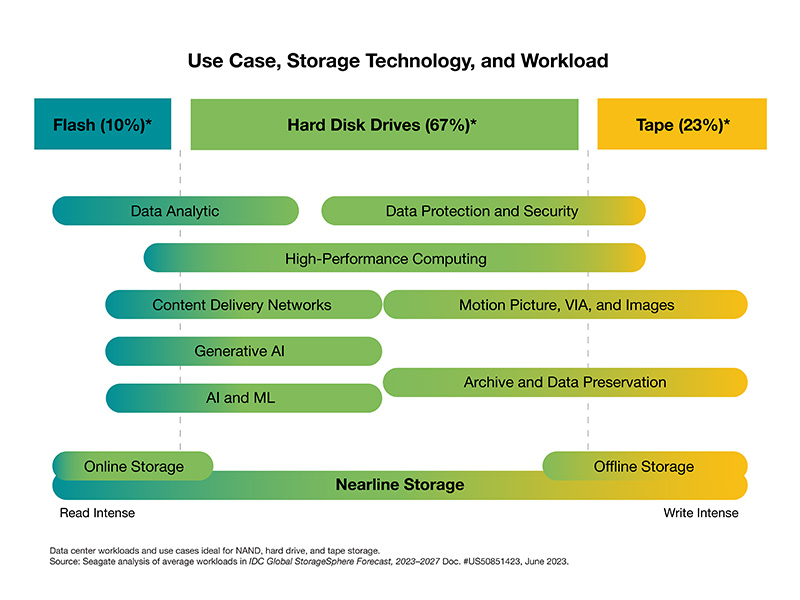 The data bears it out. Analysis of data from IDC and TRENDFOCUS predicts an almost 250% increase in EB outlook for hard drives by 2028. Extrapolating further out in time, that ratio holds well into the next decade.
The data bears it out. Analysis of data from IDC and TRENDFOCUS predicts an almost 250% increase in EB outlook for hard drives by 2028. Extrapolating further out in time, that ratio holds well into the next decade.
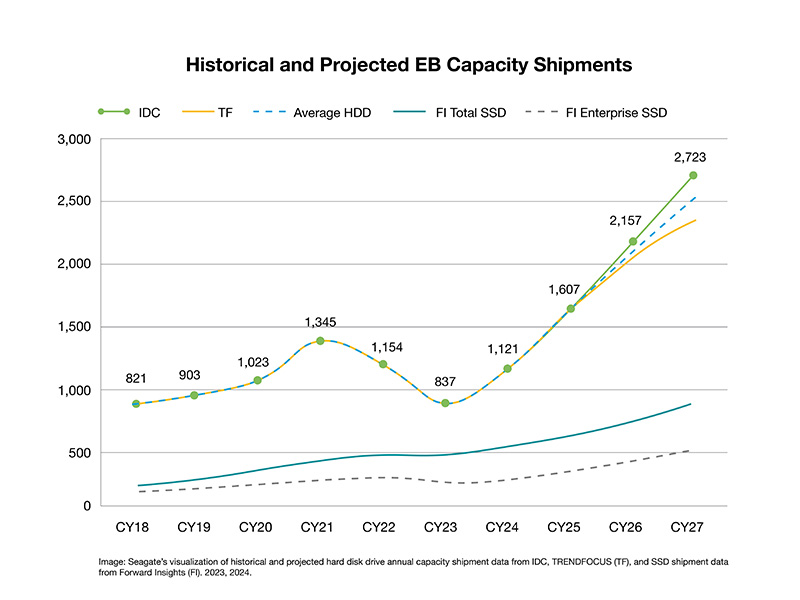 Hard drives, indeed, are here to stay—in synergy with flash storage. And the continued use of hard drives and hybrid array solutions supports, in turn, the continued use of SAS technologies in the infrastructure data centers.
About the Author
Jason Feist is senior vice president of marketing, products and markets, at Seagate Technology.
[1] IDC, Multi-Client Study, Cloud Infrastructure Index 2023: Compute and Storage Consumption by 100 Service Providers, November 2023
Hard drives, indeed, are here to stay—in synergy with flash storage. And the continued use of hard drives and hybrid array solutions supports, in turn, the continued use of SAS technologies in the infrastructure data centers.
About the Author
Jason Feist is senior vice president of marketing, products and markets, at Seagate Technology.
[1] IDC, Multi-Client Study, Cloud Infrastructure Index 2023: Compute and Storage Consumption by 100 Service Providers, November 2023








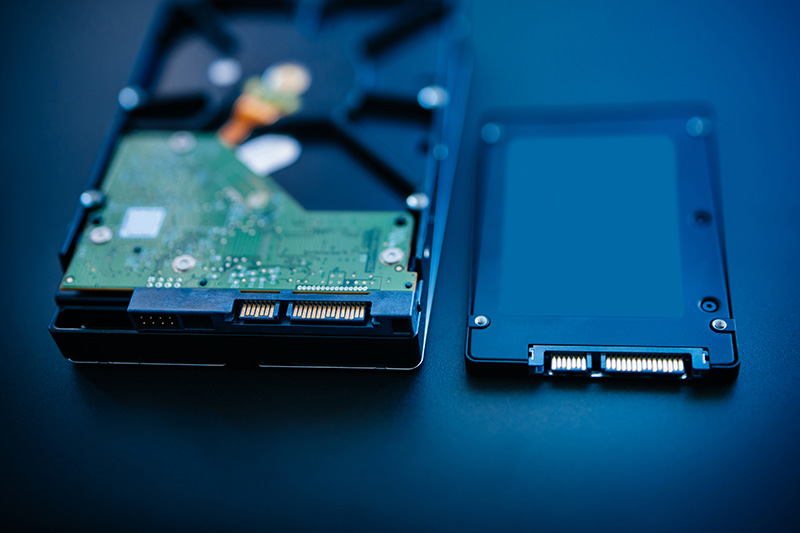
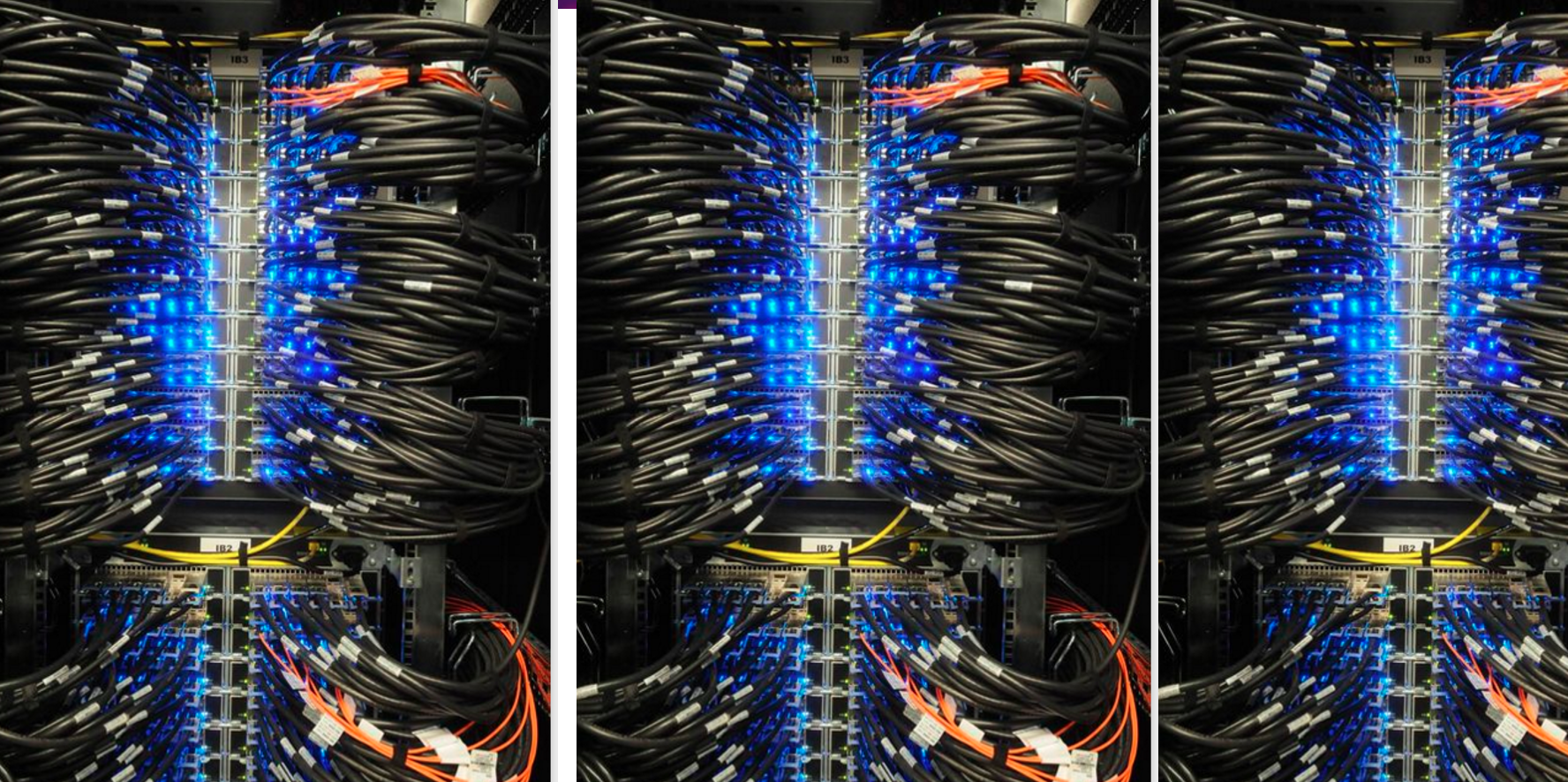
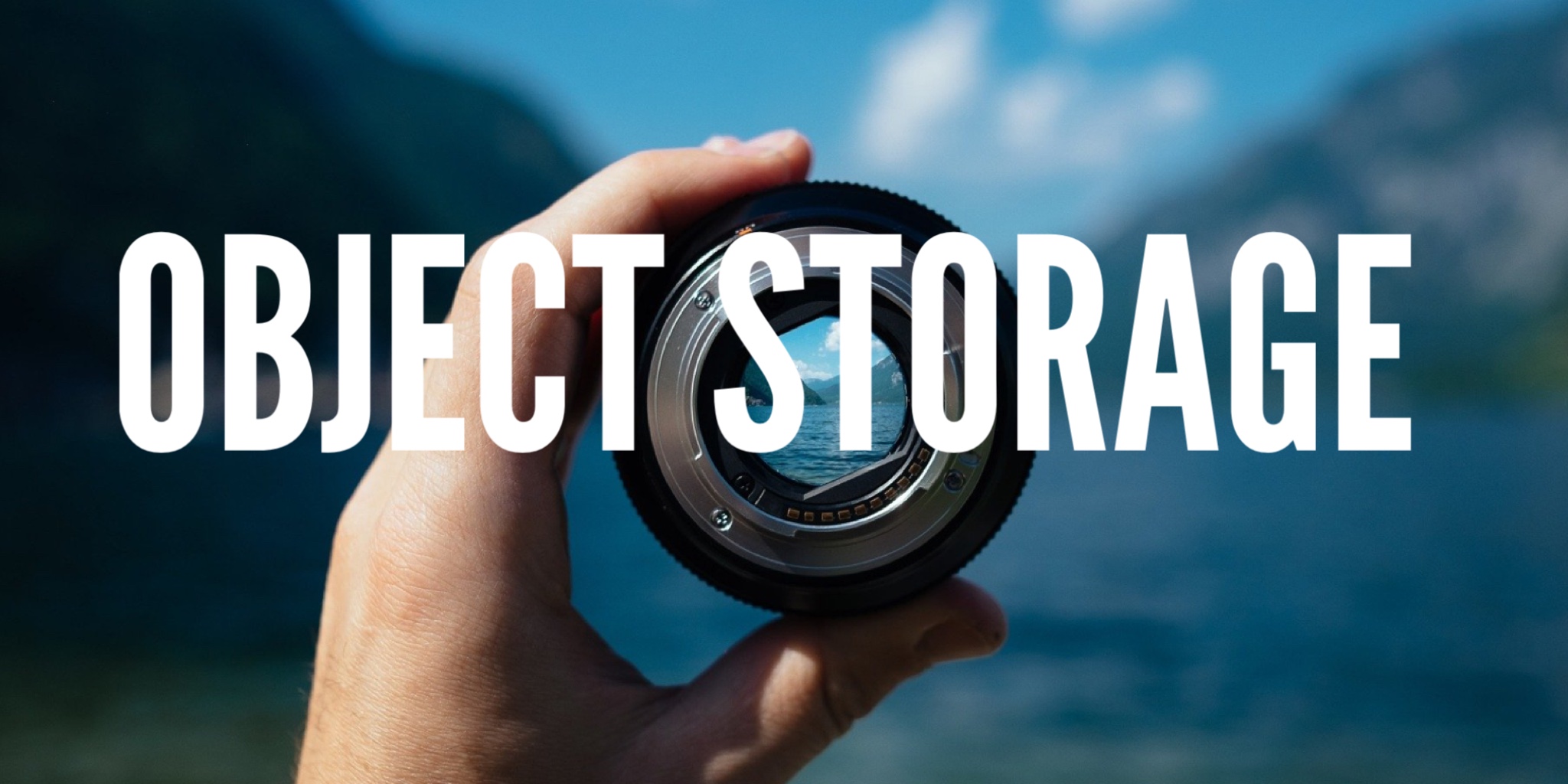

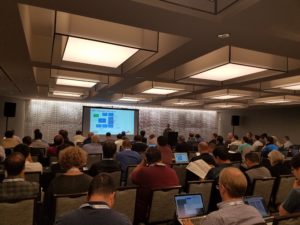 focused on technology growth markets of physical storage, storage management, data, object storage, and cloud storage. Storage Architecture led the way with 20 individual sessions, followed by 15 Solid State/Non-Volatile Memory, eight SMB, and six NVMe sessions. Storage management, including SMI and SNIA Swordfish® presentations, had an entire track with eight sessions on Thursday.
Attendees called out a number of sessions as their favorites - and the ratings proved it. But don’t be alarmed if you missed out – SNIA has
focused on technology growth markets of physical storage, storage management, data, object storage, and cloud storage. Storage Architecture led the way with 20 individual sessions, followed by 15 Solid State/Non-Volatile Memory, eight SMB, and six NVMe sessions. Storage management, including SMI and SNIA Swordfish® presentations, had an entire track with eight sessions on Thursday.
Attendees called out a number of sessions as their favorites - and the ratings proved it. But don’t be alarmed if you missed out – SNIA has 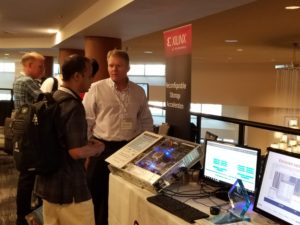 three
three 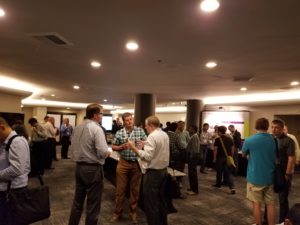 Whether you participated in person or virtually by viewing
Whether you participated in person or virtually by viewing 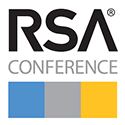 February 14-17 2017, join SNIA in San Francisco at the
February 14-17 2017, join SNIA in San Francisco at the  The following week, February 21-23, join SNIA at
The following week, February 21-23, join SNIA at 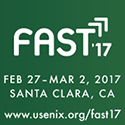 Closing out February, find SNIA at their booth at
Closing out February, find SNIA at their booth at 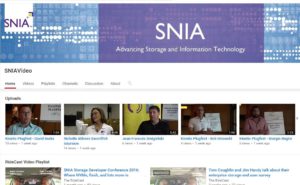 Our latest videos cover a wide range of topics discussed at last month's SNIA Storage Developer Conference. Enjoy The Ride Cast video playlist where industry expert Marc Farley (@GoFarley) motors around Silicon Valley with SNIA member volunteers Richelle Ahlvers(@rahlvers), Stephen Bates (@stepbates), Mark Carlson(@macsun), and storage and solid state technology analysts Tom Coughlin (@ThomasaCoughlin), and Jim Handy chatting about persistent memory, SNIA Swordfish, NVMe, storage end users, and more. You'll also want to check out onsite interviews from Kinetic open storage project participants Seagate, Scality, and Open vStorage on their experiences at an SDC solutions plugfest.
Featured on the
Our latest videos cover a wide range of topics discussed at last month's SNIA Storage Developer Conference. Enjoy The Ride Cast video playlist where industry expert Marc Farley (@GoFarley) motors around Silicon Valley with SNIA member volunteers Richelle Ahlvers(@rahlvers), Stephen Bates (@stepbates), Mark Carlson(@macsun), and storage and solid state technology analysts Tom Coughlin (@ThomasaCoughlin), and Jim Handy chatting about persistent memory, SNIA Swordfish, NVMe, storage end users, and more. You'll also want to check out onsite interviews from Kinetic open storage project participants Seagate, Scality, and Open vStorage on their experiences at an SDC solutions plugfest.
Featured on the 
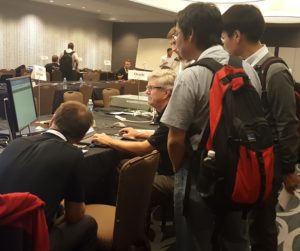 c Storage, and SMB3 plugfests; ten Birds-of-a-Feather Sessions, and amazing networking among 450+ attendees. Sessions on NVMe over Fabrics won the title of most attended, but Persistent Memory, Object Storage, and Performance were right behind. Many thanks to SDC 2016 Sponsors, who engaged attendees in exciting technology discussions.
For those not familiar with SDC, this technical industry event is designed for a variety of storage technologists at various levels from developers to architects to product managers and more. And, true to SNIA's commitment to educating the industry on current and future disruptive technologies, SDC content is now available to all - whether you attended or not - for download and viewing.
c Storage, and SMB3 plugfests; ten Birds-of-a-Feather Sessions, and amazing networking among 450+ attendees. Sessions on NVMe over Fabrics won the title of most attended, but Persistent Memory, Object Storage, and Performance were right behind. Many thanks to SDC 2016 Sponsors, who engaged attendees in exciting technology discussions.
For those not familiar with SDC, this technical industry event is designed for a variety of storage technologists at various levels from developers to architects to product managers and more. And, true to SNIA's commitment to educating the industry on current and future disruptive technologies, SDC content is now available to all - whether you attended or not - for download and viewing.
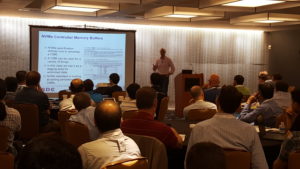 You'll want to stream keynotes from Citigroup, Toshiba, DSSD, Los Alamos National Labs, Broadcom, Microsemi, and Intel - they're available now on demand on SNIA's YouTube channel,
You'll want to stream keynotes from Citigroup, Toshiba, DSSD, Los Alamos National Labs, Broadcom, Microsemi, and Intel - they're available now on demand on SNIA's YouTube channel,  Mark Carlson is the current Chair of the SNIA Technical Council (TC). Mark has been a SNIA member and volunteer for over 18 years, and also wears many other SNIA hats. Recently, SNIA on Storage sat down with Mark to discuss his first nine months as the TC Chair and his views on the industry.
SNIA on Storage (SoS): Within SNIA, what is the most important activity of the SNIA Technical Council?
Mark Carlson (MC): The SNIA Technical Council works to coordinate and approve the technical work going on within SNIA. This includes both SNIA Architecture (standards) and SNIA Software. The work is conducted within 13 SNIA
Mark Carlson is the current Chair of the SNIA Technical Council (TC). Mark has been a SNIA member and volunteer for over 18 years, and also wears many other SNIA hats. Recently, SNIA on Storage sat down with Mark to discuss his first nine months as the TC Chair and his views on the industry.
SNIA on Storage (SoS): Within SNIA, what is the most important activity of the SNIA Technical Council?
Mark Carlson (MC): The SNIA Technical Council works to coordinate and approve the technical work going on within SNIA. This includes both SNIA Architecture (standards) and SNIA Software. The work is conducted within 13 SNIA 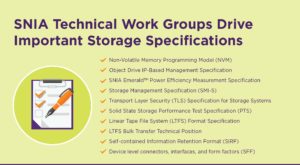 SoS: What has been your focus this first nine months of 2016?
MC: The SNIA Technical Council has overseen a major effort to integrate a new standard organization into SNIA. The creation of the new
SoS: What has been your focus this first nine months of 2016?
MC: The SNIA Technical Council has overseen a major effort to integrate a new standard organization into SNIA. The creation of the new 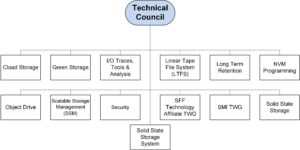 SoS: What's upcoming for the next six months?
MC: The TC is currently working on a white paper to address data center drive requirements and the features and existing interface standards that satisfy some of those requirements. Of course, not all the solutions to these requirements will come from SNIA, but we think SNIA is in a unique position to bring in the data center customers that need these new features and work with the drive vendors to prototype solutions that then make their way into other standards efforts. Features that are targeted at the NVM Express, T10, and T13 committees would be coordinated with these customers.
SoS: Can non-members get involved with SNIA?
MC: Until very recently, if a company wanted to contribute to a software project within SNIA, they had to become a member. This was limiting to the community, and cut off contributions from those who were using the code, so SNIA has developed a convenient
SoS: What's upcoming for the next six months?
MC: The TC is currently working on a white paper to address data center drive requirements and the features and existing interface standards that satisfy some of those requirements. Of course, not all the solutions to these requirements will come from SNIA, but we think SNIA is in a unique position to bring in the data center customers that need these new features and work with the drive vendors to prototype solutions that then make their way into other standards efforts. Features that are targeted at the NVM Express, T10, and T13 committees would be coordinated with these customers.
SoS: Can non-members get involved with SNIA?
MC: Until very recently, if a company wanted to contribute to a software project within SNIA, they had to become a member. This was limiting to the community, and cut off contributions from those who were using the code, so SNIA has developed a convenient
Leave a Reply